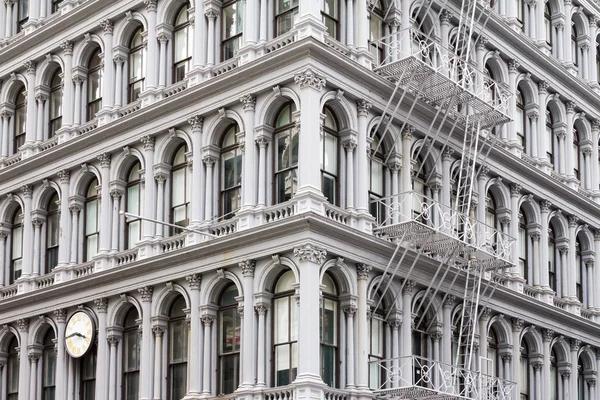The Ruins Bacolod, also known as the Taj Mahal of Negros, has become an emblematic cultural icon in the Philippines. This magnificent mansion is a testament to love, resilience, and history that continues to captivate both local and foreign visitors.
Located on the island of Negros Occidental in the city of Talisay, The Ruins stands as a remnant of an era long passed. It was built by Don Mariano Ledesma Lacson in honor of his Portuguese wife Maria Braga who died during childbirth. The mansion was constructed around 1911 using A-grade concrete mixed with egg whites to give it a marble-like finish. However, during World War II, American guerilla fighters burnt down this grand edifice to prevent Japanese forces from utilizing it as their headquarters.
Despite its tragic past and skeletal state today, The Ruins emanates charm that draws tourists from all corners of the globe. Its Italianate architecture featuring neo-Romanesque columns is still strikingly beautiful even after being ravaged by fire for three days straight. As sunlight hits its facade during sunset hours or when illuminated at nightfall, one can see why it earned the moniker ‘Taj Mahal’ of Negros.
Over time, The Ruins has evolved into more than just another tourist destination—it’s now considered a cultural icon representing Bacolod’s rich history and resilient spirit. It serves as a living museum where people can learn about Philippine history beyond textbooks’ confines—about love transcending death and beauty rising from destruction.
Moreover, The Ruins has also played host to various events such as weddings and concerts due to its picturesque backdrop which adds character and depth to any gathering held within its premises. It’s not just about appreciating what remains; it’s also about creating new memories within these historic walls.
Another reason why The Ruins became a cultural icon is because it symbolizes the Filipinos’ resilience. Despite the adversities it has faced, The Ruins continues to stand tall and proud—much like how Filipinos remain steadfast amidst life’s challenges. It serves as a reminder of the nation’s strength and ability to rise above any catastrophe.
Furthermore, The Ruins also contributes significantly to Bacolod’s economy by attracting thousands of tourists each year. This influx of visitors helps generate income for local businesses, thereby promoting economic growth in the area.
In conclusion, the ruins bacolod is more than just an architectural marvel—it’s a cultural icon that tells a story of love, history, resilience and hope. Its timeless appeal goes beyond its physical beauty; it lies in its ability to connect people with the past while inspiring them for the future. As long as these walls stand, they will continue to be a testament to Bacolod’s vibrant culture and enduring spirit.



